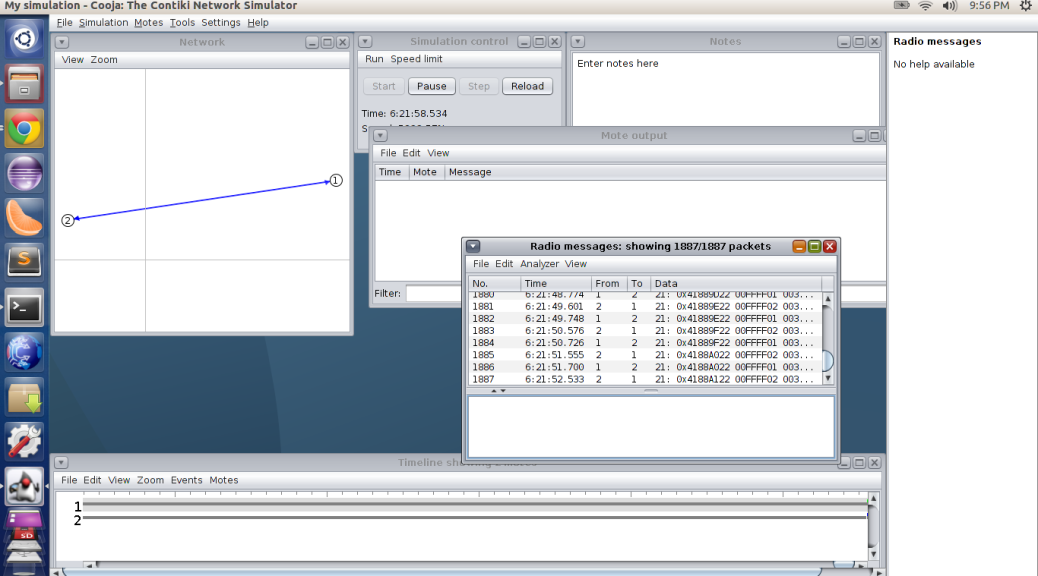
It is open-source software released under a BSD license. It uses a minimalist design while still packing the common tools of modern operating systems. It is freely available as open source under a BSD-style license. See full list on anrg. The Safe Tiny OS tool chain is shown in Figure 2. The most immediate benefit of Safe TinyOS was that during its development severe bugs in TinyOS could be found out and were corrected.
Building A Safe Application To build an application Safe, we have to provide the parameter ‘safe’ in the command line of ‘make’. The OS core itself consists of around 3files. The work comprises of annotating each pointer access in all these files and recompiling with Deputy.
Once the core is free of Safety errors, we can go for the Safety of applications. After this step, we set Deputy as the default compiler of Contiki. Programmers will have to adapt to the Annotations of Deputy, which are very simple and easy. The implementation was started by editing the makefiles associated with the ‘native’ processor. C compiler used for the native processor.
The file is located in contiki-2. The current contents of the 6th and 7th lines are which indicates that for the native CPU, the compiler and the linker are the same, the gcc. As an illustration of how the SAFETY argument is use the following commands will create the Safe version of the ‘hello-world’ program for the ‘native’ platform.
Jump to: navigation, search. List of Tutorials Disclaimer: Please note that the following tutorials are a work in progress. Come solo, with friends or a partner - leave with memories that’ll stay with you forever. Check out the code and contribute on GitHub, browse the documentation in the , engage with the community with Gitter, and stay tuned on Twitter!
However, for a completely precise reason and in particular focused on ‘matters’ within the IoT. All processes share the same address and space and all run in the same protection domain. This guide describes the process of setting up Instant Contiki, the virtual machine that can be used as a development environment for Contiki, for VirtualBox. Contiki -NG, the OS for Next Generation IoT Devices.
It allows the development of applications. The application allows efficient use of hardware while providing standardized low-power wireless communication for various hardware platforms. It connects tiny low-cost, low-power microcontrollers to the Internet and provides powerful low-power Internet communication.

We are currently running it on the ESB platform. The ESB uses the MSP4microcontroller with kilobytes of RAM and kilobytes of ROM runningat MHz. Prodromos Vasileios 18views. Docker Toolbox setup and configuration Windows - Duration: 15:00. Linux based operating system or Operating system that supports VirtualBox or VMWare Player.
To install it on MacOS X, download VMWare fusion instead of VMWare Player. These devices often make up large wireless networks. Developing and debugging. Its lightweight footprint makes it suitable for memory constraint microcontrollers. Tmote Sky, Zolertia, RedBee etc.
It is important to notice that this synchronization mechanism only works in sky nodes. The real-time module handles the scheduling and execution of real-time tasks (with predictable execution times). From , the free encyclopedia RIOT is a small operating system for networke memory-constrained systems with a focus on low-power wireless Internet of Things (IoT) devices.
No comments:
Post a Comment
Note: Only a member of this blog may post a comment.